If you’re considering bringing an Alaskan Malamute into your family, you’re in for quite the adventure. These magnificent dogs aren’t just fluffy Instagram stars – they’re ancient powerhouses with unique needs, surprising quirks, and personalities bigger than their massive frames. From their arctic origins to their stubborn-yet-loveable nature, there’s so much more to these gentle giants than meets the eye.
Ancient Arctic Warriors with Royal Heritage

Did you know that Alaskan Malamutes were bred by the Malimiut Inupiaq people of Alaska’s Norton Sound region? These incredible dogs have been surviving and thriving in some of Earth’s harshest conditions for thousands of years. The Malamute has been identified as a basal breed that predates the emergence of the modern breeds in the 19th century, making them one of the oldest dog breeds on the planet.
What’s absolutely fascinating is that the dogs served as hunting partners for seals and polar bears, among other big game, and as sled dogs for hauling heavy loads. The dogs were an integral part of these people’s survival, and were valued both as workers and tribal members. They weren’t just pets or working animals – they were family members essential to human survival in the Arctic.
They’re Built Like Arctic Tanks

The Alaskan Malamute is a strongly built dog, with a broad head, erect ears, and a plumelike tail carried over its back. These aren’t your average backyard dogs – we’re talking about a desired size of 23 inches tall and 75 pounds for females, 25 inches tall and 85 pounds for males. That’s roughly the size of a small person!
But here’s what’s really cool about their design: The Malamutes’ well-furred tails aid in keeping them warm when they curl up in the snow. They are often seen wrapping the tail around their nose and face, which presumably protects them against such harsh weather elements as blowing snow. Nature equipped these dogs with their own built-in sleeping bag system. Talk about evolutionary brilliance!
Their Coat is a Marvel of Engineering
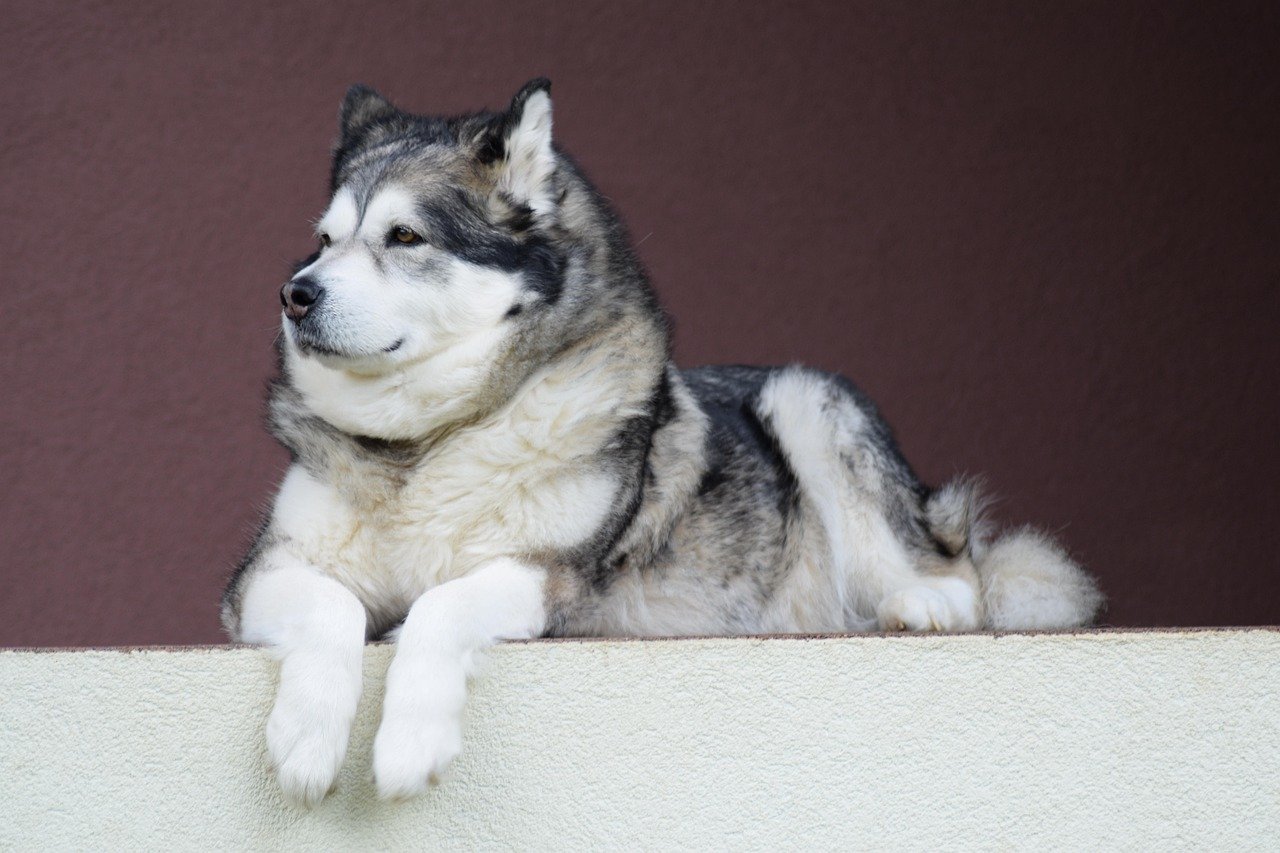
Think your Malamute just has really fluffy fur? Think again. Coat is made up of a soft thick undercoat covered by a straight, harsh outer coat that stands off from the body. This double-layer system is basically like wearing a high-tech winter jacket year-round. Grooming is especially important for this breed because its waterproof fur often becomes matted, which can impact skin health.
Here’s something that might surprise you: Alaskan Malamutes blow their coats twice per year. During these times, you’ll need to groom more frequently to manage your dog’s undercoat. We’re not talking about a little extra shedding – this is like a fur explosion that happens twice annually. Your vacuum cleaner will become your best friend!
They Have Unique Color Patterns You Need to Know
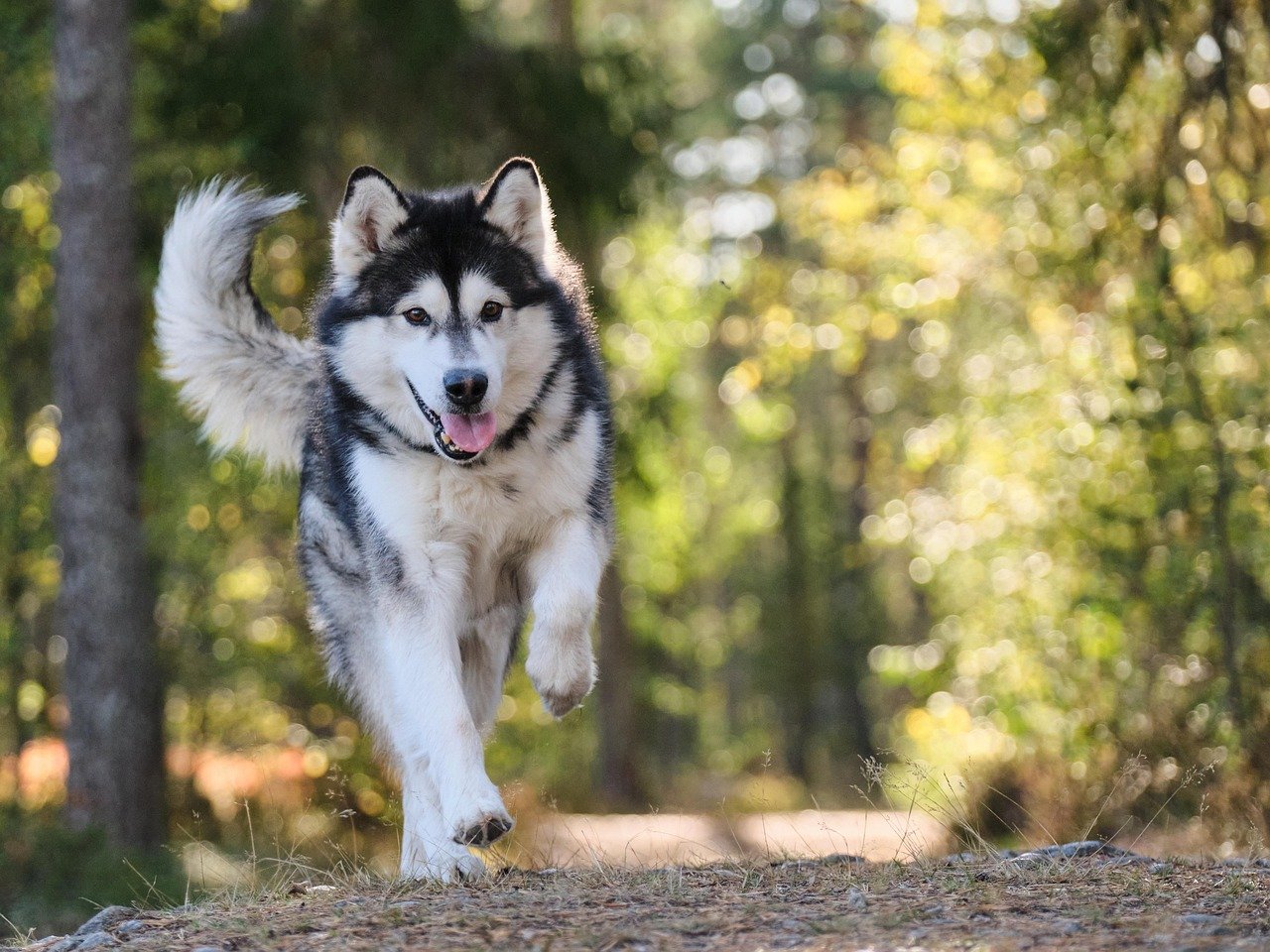
There are several Alaskan Malamute colours to choose from; black and white, grey and white, sable and white, silver and white, red and white, seal and white, blue and white, agouti and white, and pure white. The breed standard states they should all have white markings, and the only solid colour allowed is the all white Alaskan Malamute. But here’s a fun fact: The most rare Alaskan Malamute colouring is red and white.
And here’s something that helps distinguish them from their Husky cousins: Mals also always have brown, almond-shaped eyes, and will never have blue eyes like some Huskies. So if someone tries to sell you a “blue-eyed Malamute,” you’ll know something’s not quite right!
They’re Heat-Sensitive Giants
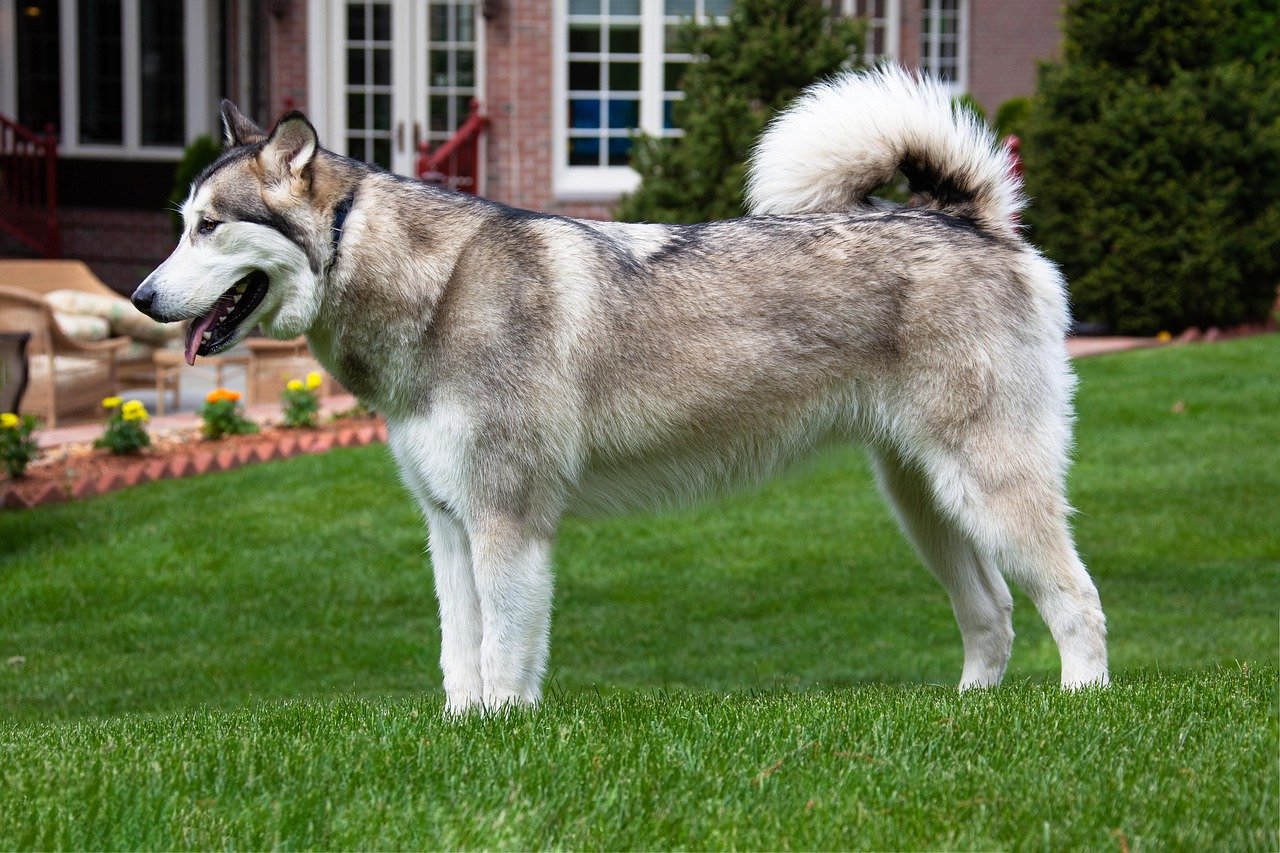
This might be obvious, but it bears repeating because it’s so important: Since they are arctic dogs, malamutes are sensitive to heat. Ensure there’s plenty of shade available for your dog to rest in or air conditioning, especially during summer. Because the coat is so dense, Mals are susceptible to overheating in warm weather, and they typically prefer cold climates.
Here’s a crucial tip that could save your dog’s life: Never shave your Alaskan Malamute during the summer months. Their double coat actually helps regulate their temperature, and shaving can make overheating worse, not better. It’s counterintuitive but absolutely true.
Exercise Needs That Will Exhaust You
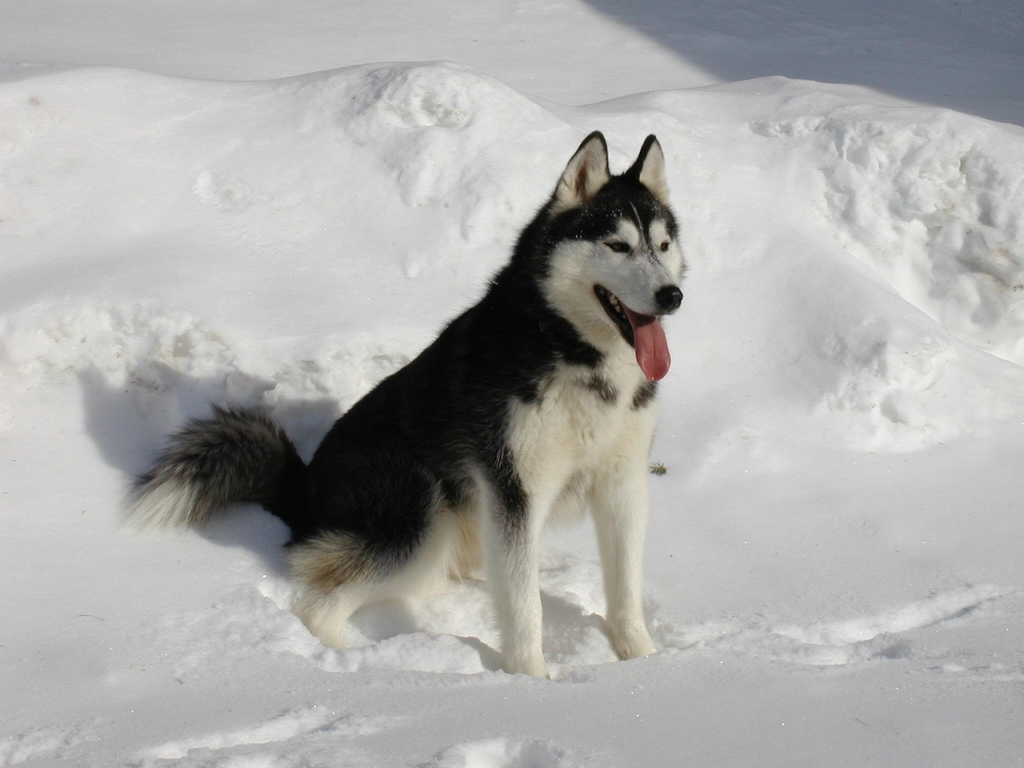
When we say these dogs need exercise, we’re not talking about a leisurely stroll around the block. When fully grown, these big boys and girls need a minimum of 2 hours of exercise a day. They were bred to pull heavy loads across snow and ice, so they have strength, power, and endurance. Running is hardwired into their DNA, so a quick walk around the block won’t cut it.
Alaskan Malamutes are incredibly active and energetic dogs, bred for pulling heavy sleds in harsh Arctic conditions. They have a strong work ethic and need ample exercise to stay happy and healthy. Daily, vigorous exercise is essential to prevent boredom and destructive behavior. Long walks, hikes, and activities like dog sledding or weight pulling can help them expend their energy. If you’re a couch potato, this might not be the breed for you!
Training Challenges That Will Test Your Patience
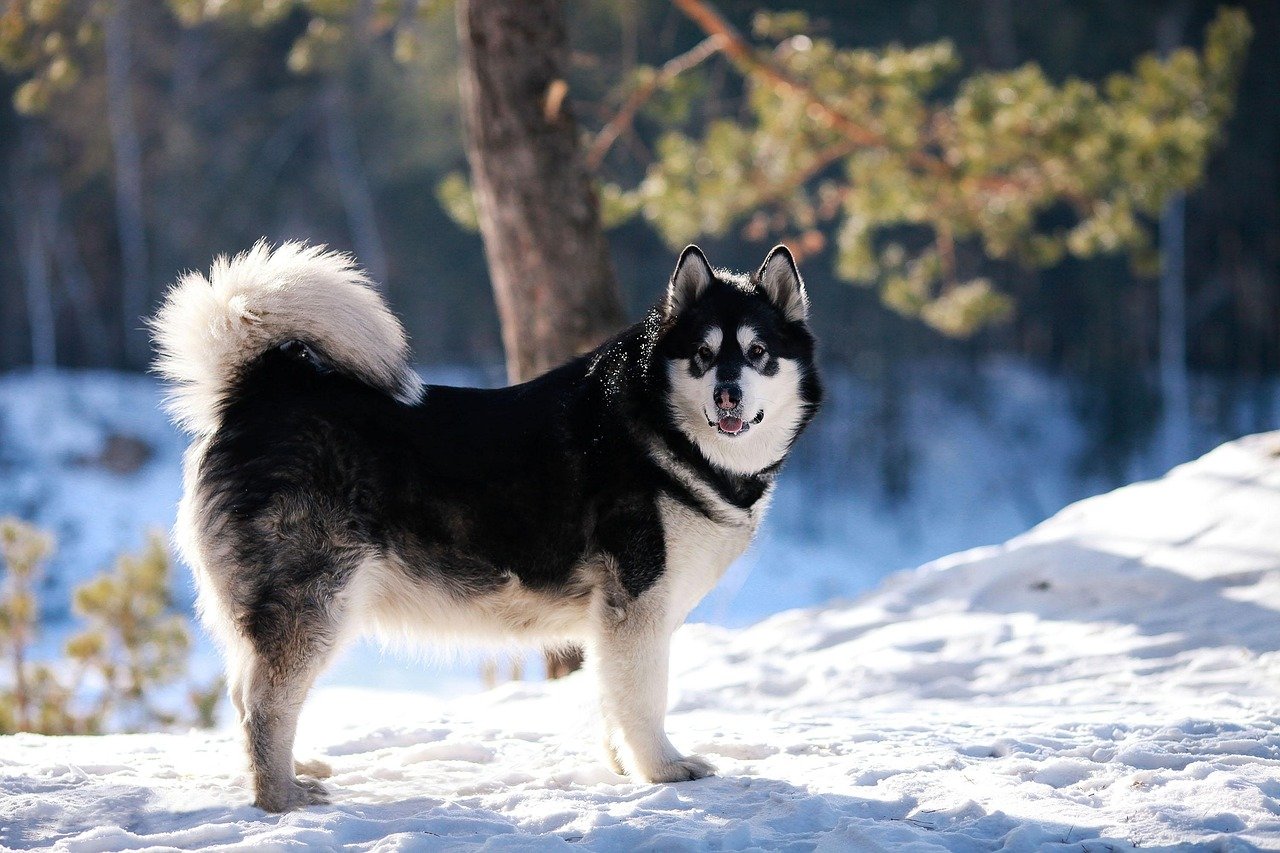
Here’s where things get really interesting (and potentially frustrating). The Mal is best known for its pack behavior. Whether people like it or not, these dogs are used to a pack hierarchy mentality, and in order to communicate with them and get them to obey you, there must be a human alpha. This isn’t just dog training 101 – this is advanced canine psychology.
Malamutes don’t train like other breeds and repetitive drills bore them. They need motivation to cooperate. A Malamute is one of the most stubborn breeds you can ever deal with, but again, with their high degree of intelligence, if you don’t keep the training interesting, you’ll be just as frustrated as they are. They will adopt the “dumb” face and act like they do not know what in the world you want from them. Sound familiar to any parents out there?
Health Issues That Require Your Attention
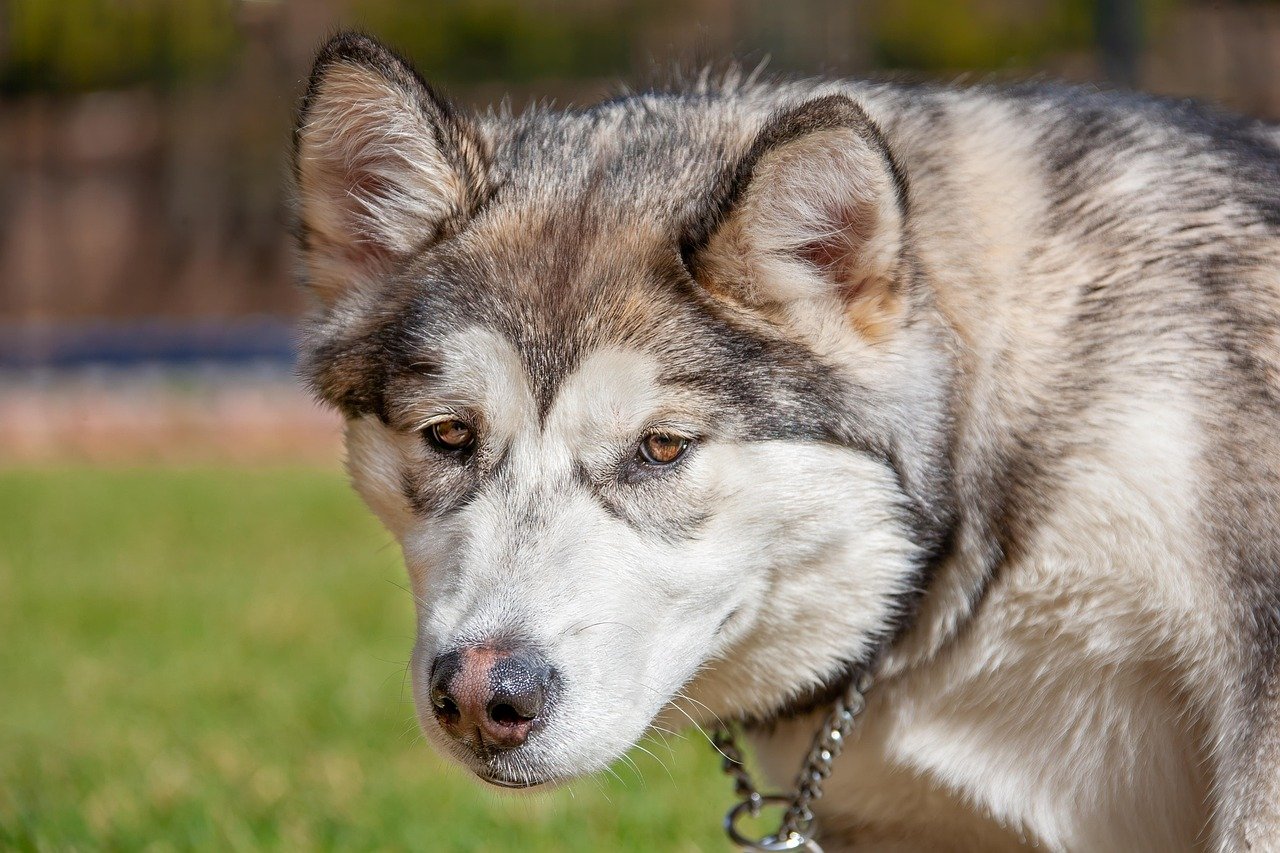
While generally healthy, Malamutes do have some breed-specific health concerns you need to watch for. As the name suggests, this condition causes dogs to not see in bright light. Also called cone degeneration, this inherited problem is quite common in malamutes. This day blindness can make your dog seem clumsy during bright daylight hours but perfectly coordinated at night.
Other health issues include hip dysplasia and hereditary cataracts. Other health issues in Malamutes include elbow dysplasia, inherited polyneuropathy, osteochondrodysplasia, cerebellar hypoplasia, heart defects, and eye problems. A growing problem among arctic dog breeds, including the Alaskan Malamute, is canine diabetes, with onset occurring typically in middle age. Another health issue with Malamutes is zinc deficiency, as this breed cannot easily absorb zinc.
They’re Terrible Guard Dogs (And That’s Actually Good)

If you’re looking for a fierce protector, you might be disappointed. Although malamutes were traditionally used to guard Inuit residences, they are not hostile to strangers. They can even follow a stranger, and so do not make good guard dogs. Despite stories of vicious arctic dogs, the Malamute is basically a friendly gentle dog. Malamutes are not overly successful as guard dogs because of their trusting, friendly nature.
This friendly nature is actually part of their charm and makes them excellent family pets. Outgoing, affectionate, and devoted companions, Alaskan Malamutes love people and are great with children. However, due to their big size, they can easily overwhelm small children, so supervision is always important.
Their Lifespan and What to Expect
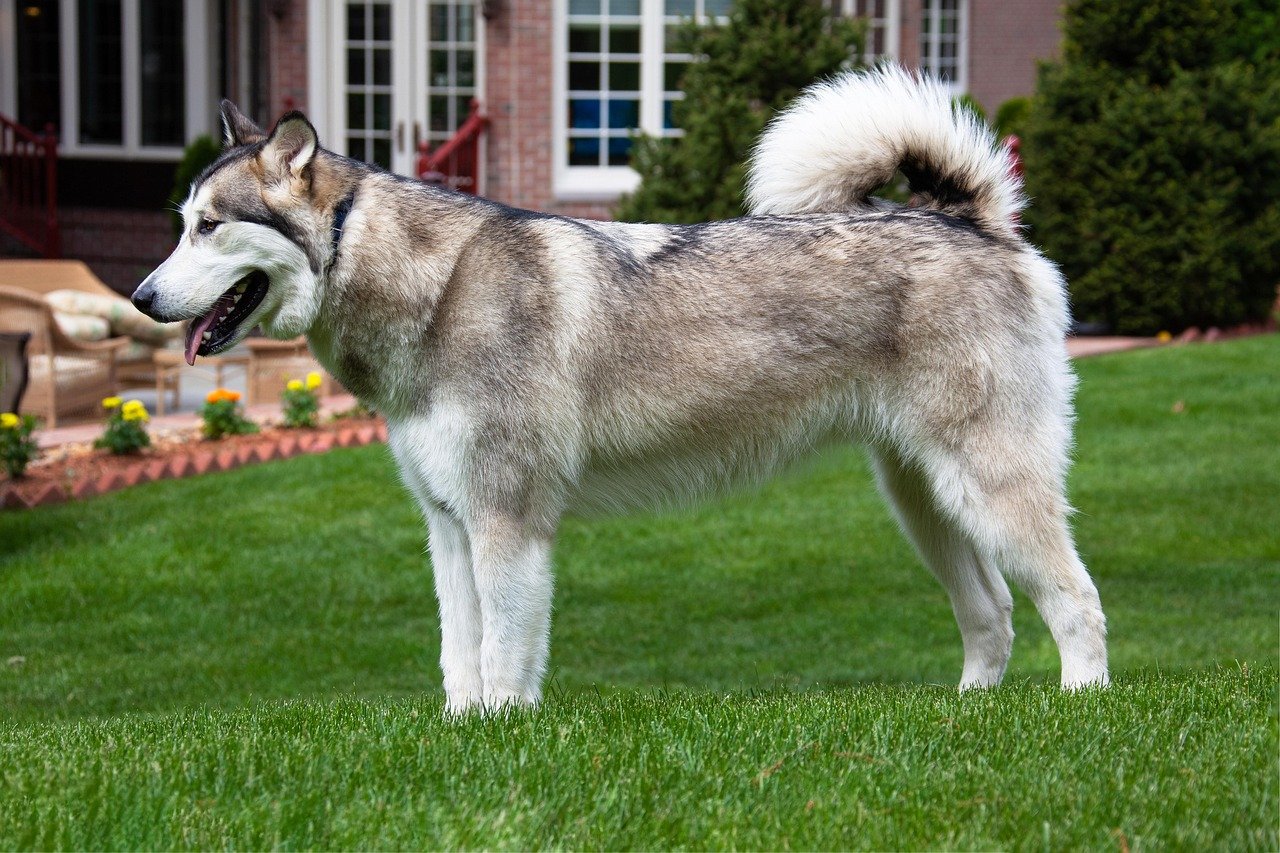
Properly looked after, loved and cared for, the Alaskan Malamute lifespan is between 11 and 14 years. More specifically, A 2024 UK study found an average life expectancy of 11.3 years, compared to an average of 12.7 for purebreeds and 12 for crossbreeds. This means they’ll be part of your family for over a decade, so make sure you’re ready for that long-term commitment.
As they age, Healthy Malamutes should be seen by a vet at least once a year, with senior dogs (seven years and older) needing more frequent visits. Their large size and genetic predispositions mean regular veterinary care becomes increasingly important as they enter their golden years.
Conclusion

Owning an Alaskan Malamute isn’t just about having a pet – it’s about welcoming an ancient warrior into your modern life. These dogs bring thousands of years of arctic survival instincts, unwavering loyalty, and enough personality to fill a small village. They’ll challenge your patience during training, test your commitment with their exercise needs, and reward your dedication with a bond that’s deeper than the frozen tundra they call home.
Remember, these aren’t dogs that will adapt to your lifestyle – you’ll need to adapt to theirs. But for those willing to embrace the adventure, an Alaskan Malamute offers something truly special: a glimpse into the incredible partnership between humans and dogs that has survived for millennia. Are you ready to become part of that ancient story?

Andrew Alpin from India is the Brand Manager of Doggo digest. Andrew is an experienced content specialist and social media manager with a passion for writing. His forte includes health and wellness, Travel, Animals, and Nature. A nature nomad, Andrew is obsessed with mountains and loves high-altitude trekking. He has been on several Himalayan treks in India including the Everest Base Camp in Nepal.






